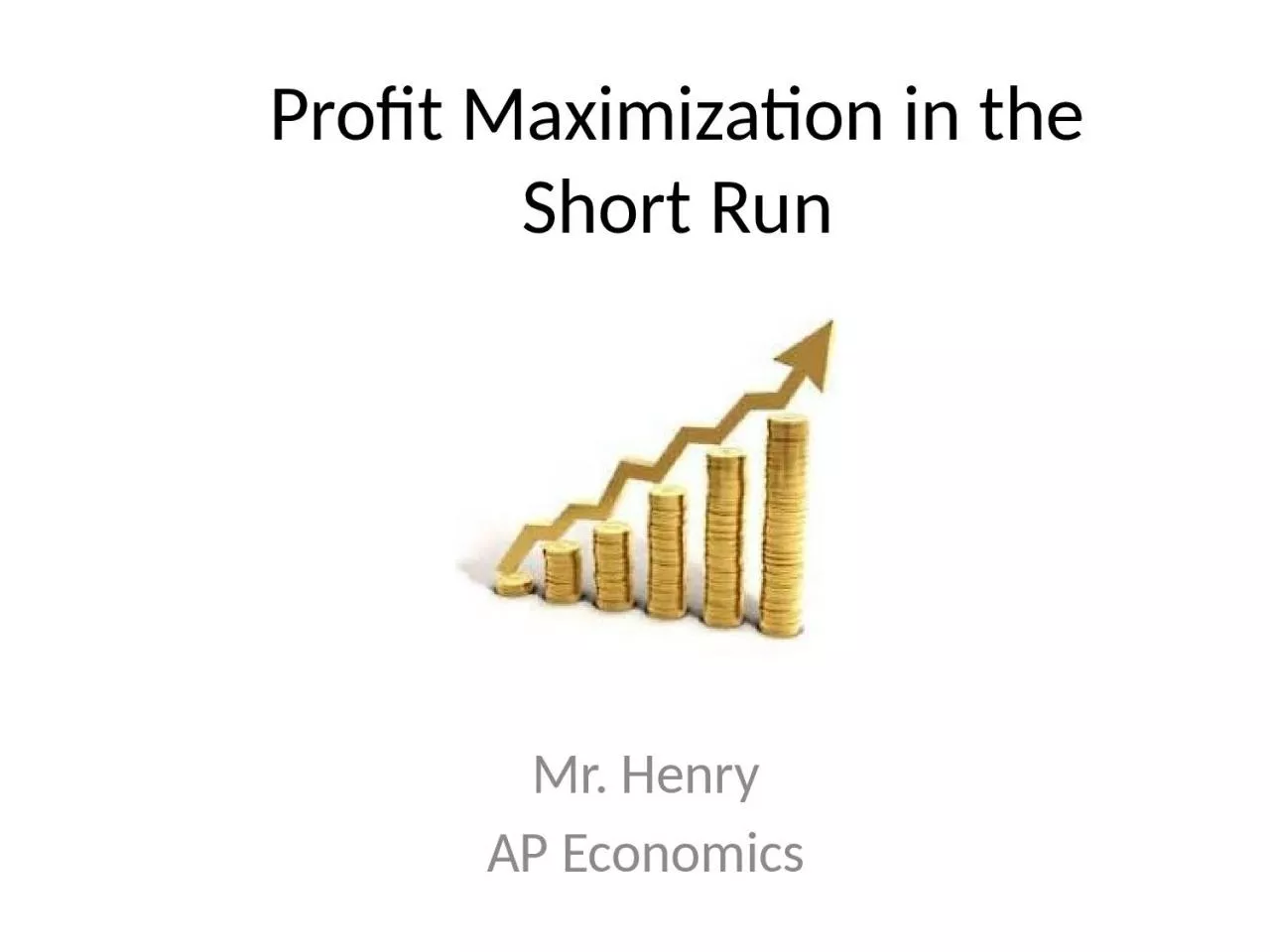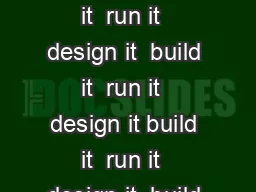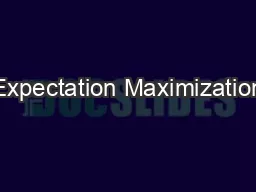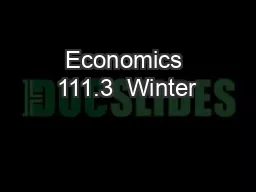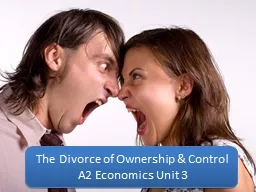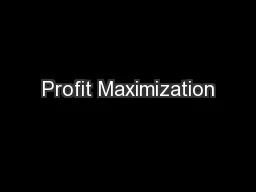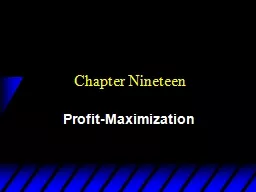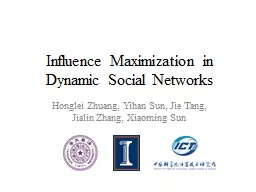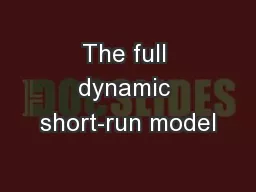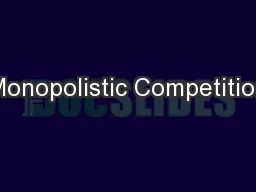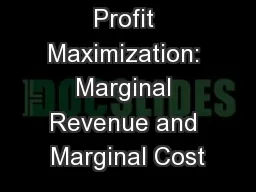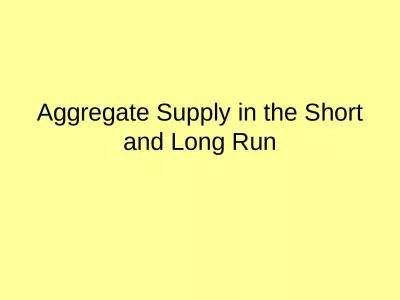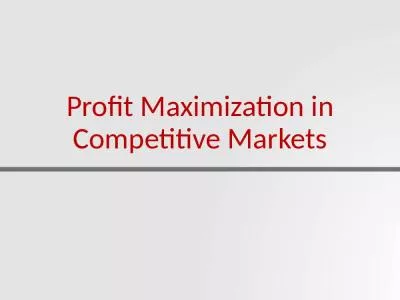PPT-Profit Maximization in the Short Run
Author : sophia | Published Date : 2023-11-03
Mr Henry AP Economics AP Review Questions from Yesterday A requirement of perfect competition is that Many firms sell an identical product to many buyers There
Presentation Embed Code
Download Presentation
Download Presentation The PPT/PDF document "Profit Maximization in the Short Run" is the property of its rightful owner. Permission is granted to download and print the materials on this website for personal, non-commercial use only, and to display it on your personal computer provided you do not modify the materials and that you retain all copyright notices contained in the materials. By downloading content from our website, you accept the terms of this agreement.
Profit Maximization in the Short Run: Transcript
Download Rules Of Document
"Profit Maximization in the Short Run"The content belongs to its owner. You may download and print it for personal use, without modification, and keep all copyright notices. By downloading, you agree to these terms.
Related Documents

